This guide to foods that start with ‘L’ will introduce you to a range of delicious ingredients that can easily spice up your cooking routine.
From leafy greens to exotic fruits and hearty legumes, ‘L’ foods offer a wealth of flavors, textures, and nutritional benefits.
Many of these ingredients are staples in cuisines worldwide, praised for their versatility and health properties.
By the end of this article, you’ll have a list of exciting ‘L’ foods to try, along with simple ideas for incorporating them into your meals.
Whether you’re a cook or a kitchen novice, these ingredients will help you create tasty, nutritious dishes that impress your family and friends.
15 Most Common Foods Starting with L
1. Lamb
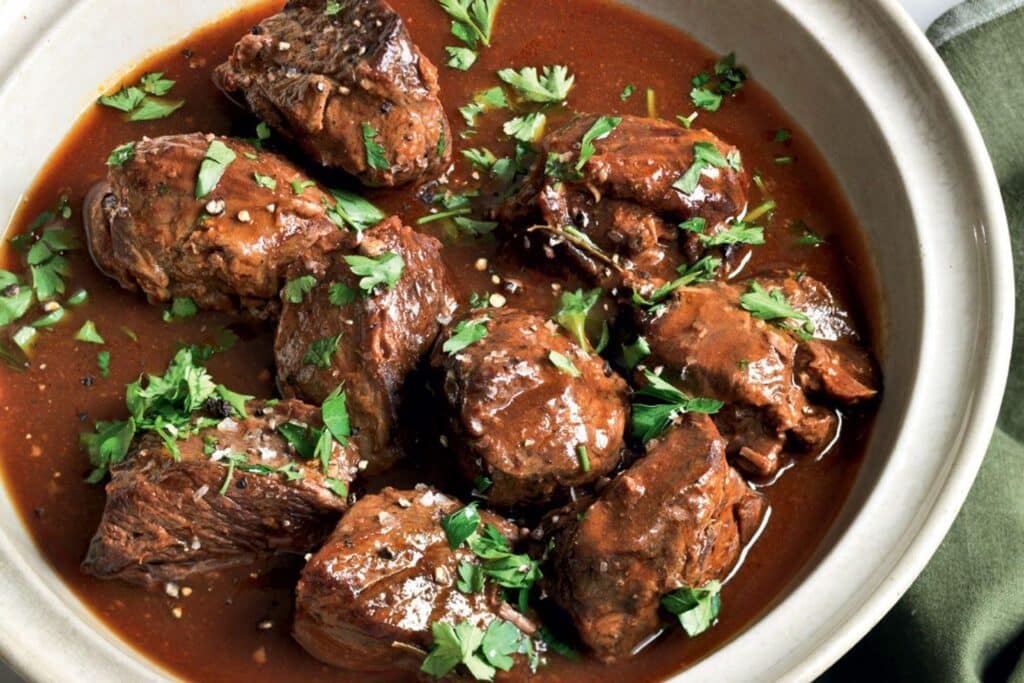
Lamb is a tender, flavorful meat often associated with Mediterranean and Middle Eastern cuisines.
- Origin: Domesticated in ancient Mesopotamia around 10,000 years ago.
- Culinary Pairings: Commonly paired with rosemary, mint, garlic, and cumin.
- Nutritional Information: Rich in high-quality protein, vitamins B12, and minerals like zinc and iron.
- Cultural Significance: Important in many cultural cuisines and traditions, often featured in religious feasts.
- Interesting Facts: Lamb is the meat of a sheep less than one year old.
2. Lasagna

Lasagna is a classic Italian dish with layers of pasta, sauce, cheese, and meat or vegetables.
- Origin: Traced back to ancient Greece, the name derives from ‘lasanon,’ meaning pot or chamber pot.
- Culinary Pairings: Often served with garlic bread and a Caesar salad.
- Nutritional Information: High in carbohydrates and fats, but can be a good source of protein and calcium.
- Cultural Significance: A staple in Italian family cuisine and popular in Italian-American households.
- Interesting Facts: Traditional lasagna is made with béchamel sauce, not ricotta.
3. Lettuce
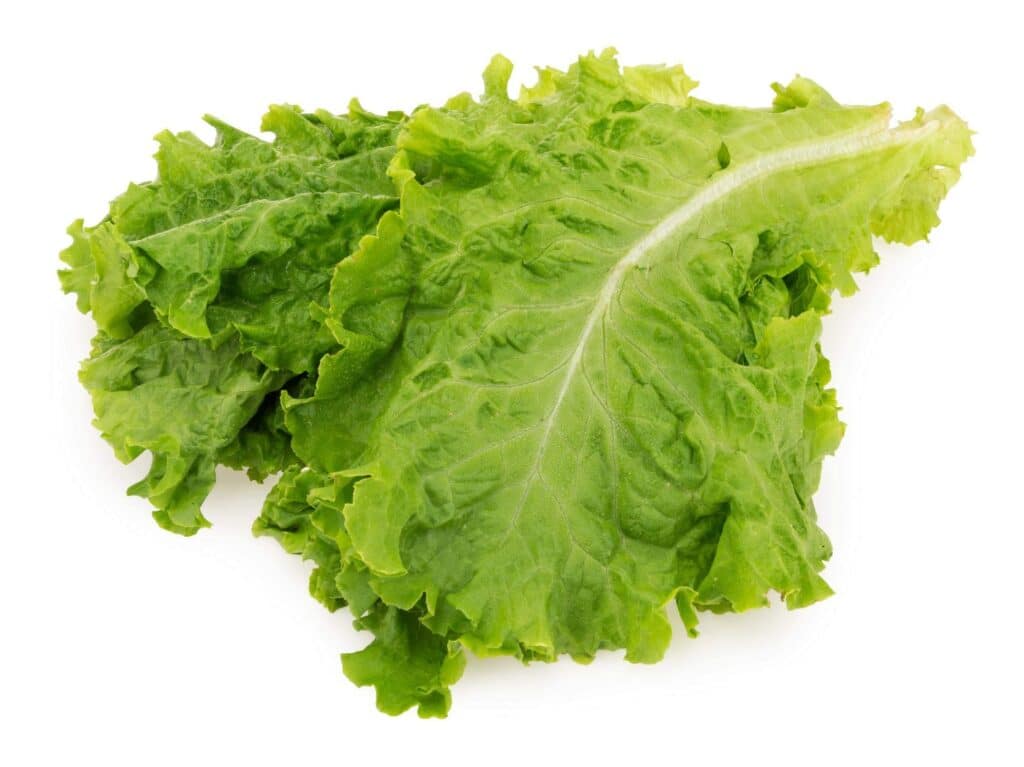
Lettuce is a leafy green vegetable commonly used in salads and as a garnish.
- Origin: Believed to have originated in ancient Egypt from weed selected for its edible leaves.
- Culinary Pairings: Pairs well with various dressings, from creamy Caesar to vinaigrette, and toppings like nuts, fruits, and cheeses.
- Nutritional Information: High in fiber, vitamins A and K.
- Cultural Significance: Used as both a medicinal herb and a food plant in ancient times.
- Interesting Facts: The Romans believed that lettuce helped them sleep better.
4. Lemon

Lemons are a versatile citrus fruit known for their bright yellow color and tart flavor.
- Origin: First grown in Assam (India), northern Burma or China.
- Culinary Pairings: It enhances the flavor of both sweet and savory dishes, pairs well with seafood and poultry, and is used in dressings and desserts.
- Nutritional Information: High in vitamin C and soluble fiber.
- Cultural Significance: Used for its medicinal properties for millennia.
- Interesting Facts: Lemons were highly valued by the Gold Rush miners for their scurvy-preventing properties.
5. Lentils
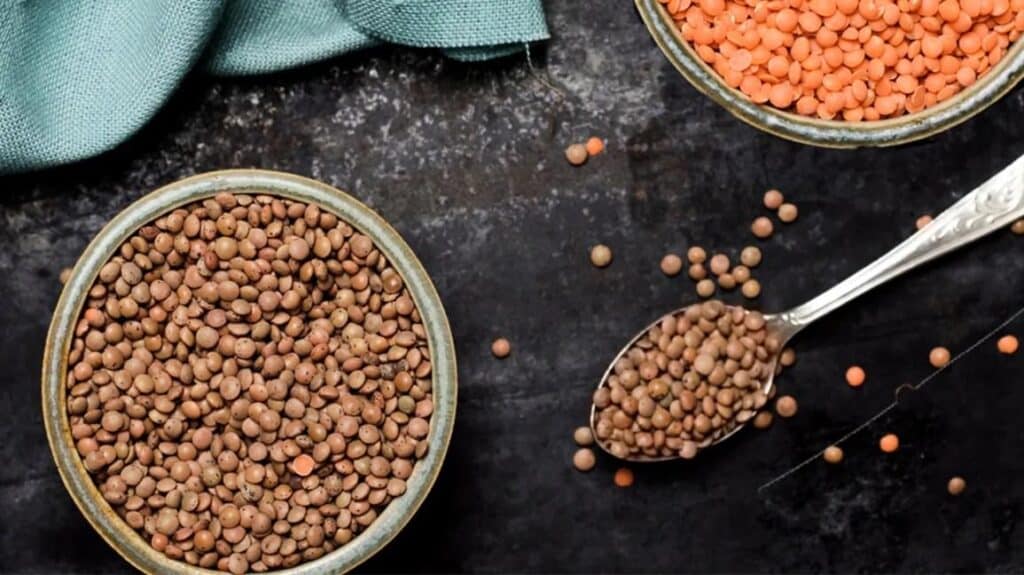
Lentils are small, lens-shaped legumes that come in various colors and are highly nutritious.
- Origin: One of the earliest cultivated legumes, first farmed in the Middle East around 8000 B.C.
- Culinary Pairings: It is great in soups, stews, salads, and side dishes, and it is commonly paired with rice or vegetables.
- Nutritional Information: Rich in protein, fiber, and essential nutrients like iron and folate.
- Cultural Significance: A staple in many vegetarian diets globally due to their high protein content.
- Interesting Facts: Lentils do not require soaking like other legumes before cooking.
6. Lobster
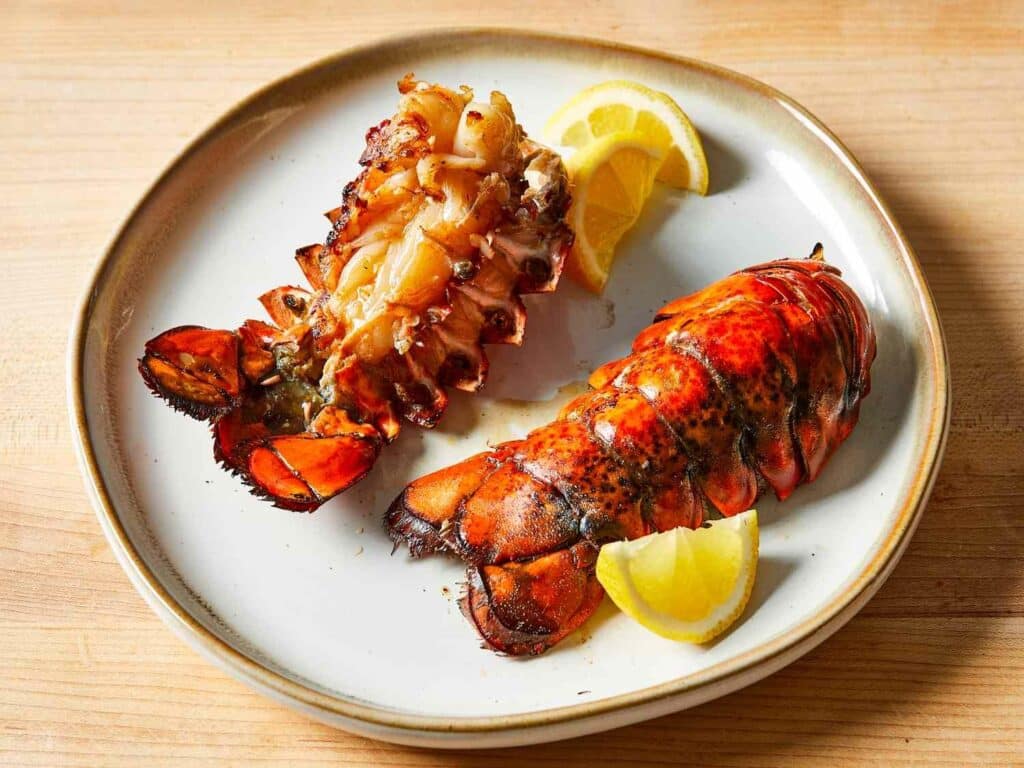
Lobster is a type of shellfish considered a delicacy in many parts of the world.
- Origin: It has been a valuable food source since prehistoric times, and its consumption is documented in both European and Native American cultures.
- Culinary Pairings: Often served with melted butter, lemon wedges, or in rich dishes like lobster thermidor.
- Nutritional Information: High in protein and omega-3 fatty acids, and cholesterol.
- Cultural Significance: Once considered food for the poor and prisoners, now a luxury item.
- Interesting Facts: Lobsters can live to be over 100 years old.
7. Leek
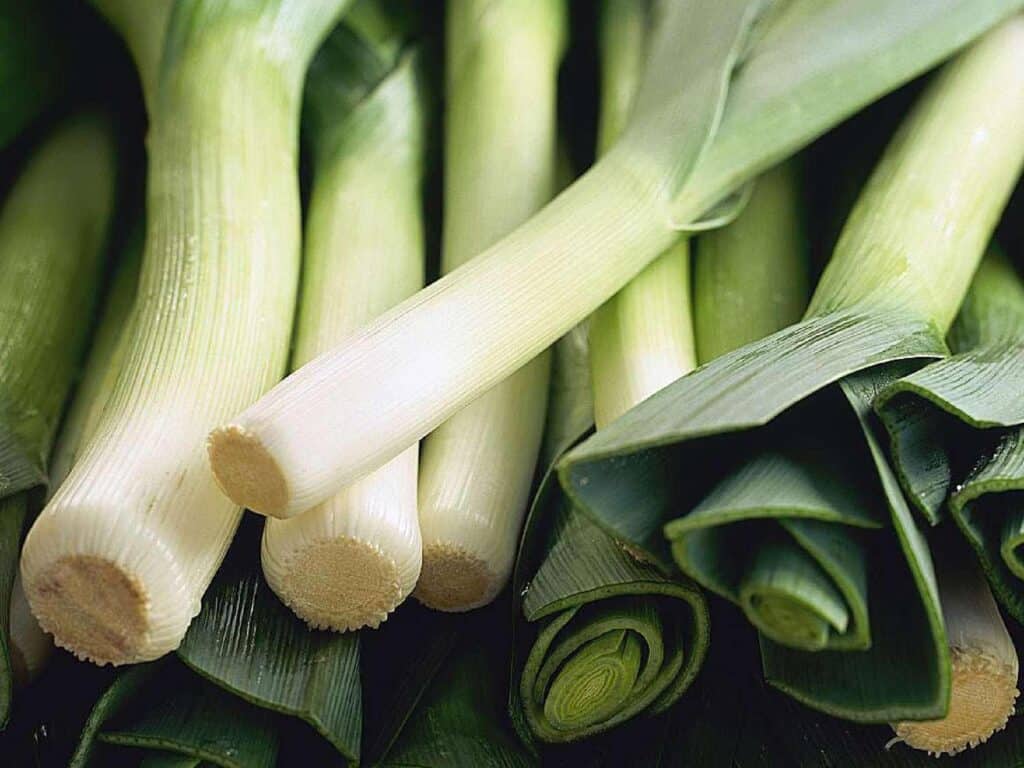
Leeks are a mild-flavored onion family vegetable used in various dishes worldwide.
- Origin: Native to the Mediterranean and Middle East, they have been consumed since ancient Egyptian times.
- Culinary Pairings: Works well in soups, pies, and as a side dish sautéed with butter.
- Nutritional Information: Low in calories but rich in vitamins A, C, and K.
- Cultural Significance: The leek is a national emblem of Wales.
- Interesting Facts: Leeks were prized by the Roman Emperor Nero, who believed they improved his singing voice.
8. Lime
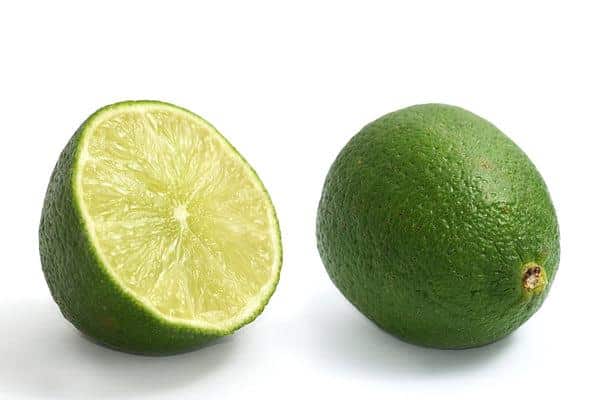
Limes are small, green citrus fruits known for their intense tart flavor and aromatic zest.
- Origin: Thought to have first grown in Indonesia or Southeast Asia.
- Culinary Pairings: Used to accent the flavors in Mexican, Thai, and Vietnamese dishes.
- Nutritional Information: Excellent source of vitamin C.
- Cultural Significance: Widely used in culinary and non-culinary applications around the world.
- Interesting Facts: British sailors were given lime to prevent scurvy, hence the nickname “Limey.”
9. Loaf

Loaf refers to any thick, solid mass of food, most commonly bread.
- Origin: Bread loaves date back to ancient civilizations, with the earliest evidence found in Egypt.
- Culinary Pairings: Served with virtually any meal, often used as a vehicle for spreads, cheeses, and meats.
- Nutritional Information: Nutritional content varies widely based on the type of loaf.
- Cultural Significance: Bread is a universal symbol of sustenance and life.
- Interesting Facts: The phrase “loaf of bread” originates from the Middle English word “lof,” derived from Old English “hlaf” which means bread or loaf.
10. Lox

Lox is a brined salmon fillet traditionally from the belly, known for its smooth, silky texture.
- Origin: Originally from Scandinavia, “lox” comes from the Yiddish word for salmon.
- Culinary Pairings: Commonly served on a bagel with cream cheese, capers, and onions.
- Nutritional Information: High in omega-3 fatty acids and protein.
- Cultural Significance: Became a staple in American Jewish cuisine in the early 20th century.
- Interesting Facts: Lox was initially paired with bagels and cream cheese in a 1930s advertising campaign to sell more bagels.
11. Lychee
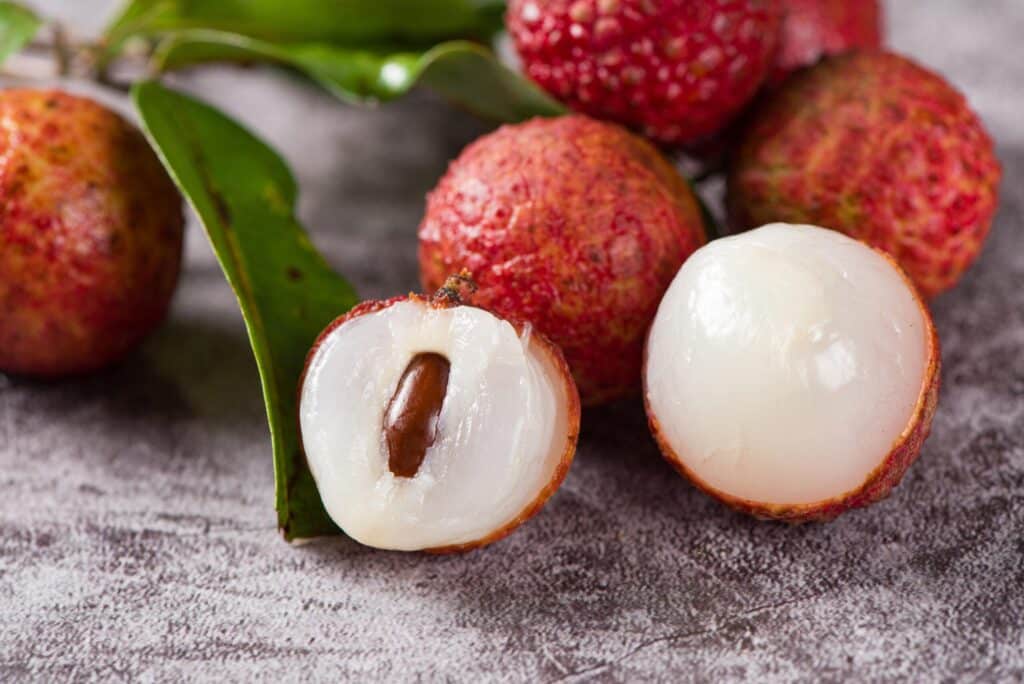
Lychee is a tropical fruit known for its perfumed flavor and sweet, juicy texture, which are enclosed in a rough, leathery rind.
- Origin: Native to the Guangdong and Fujian provinces of southeastern China.
- Culinary Pairings: Often eaten fresh or used in cocktails, desserts, and alongside other tropical fruits.
- Nutritional Information: Rich in vitamin C, B6, niacin, riboflavin, folate, copper, potassium, and magnesium.
- Cultural Significance: Considered a symbol of love and romance in China.
- Interesting Facts: Lychee trees can produce fruit for more than a century.
12. Linguine
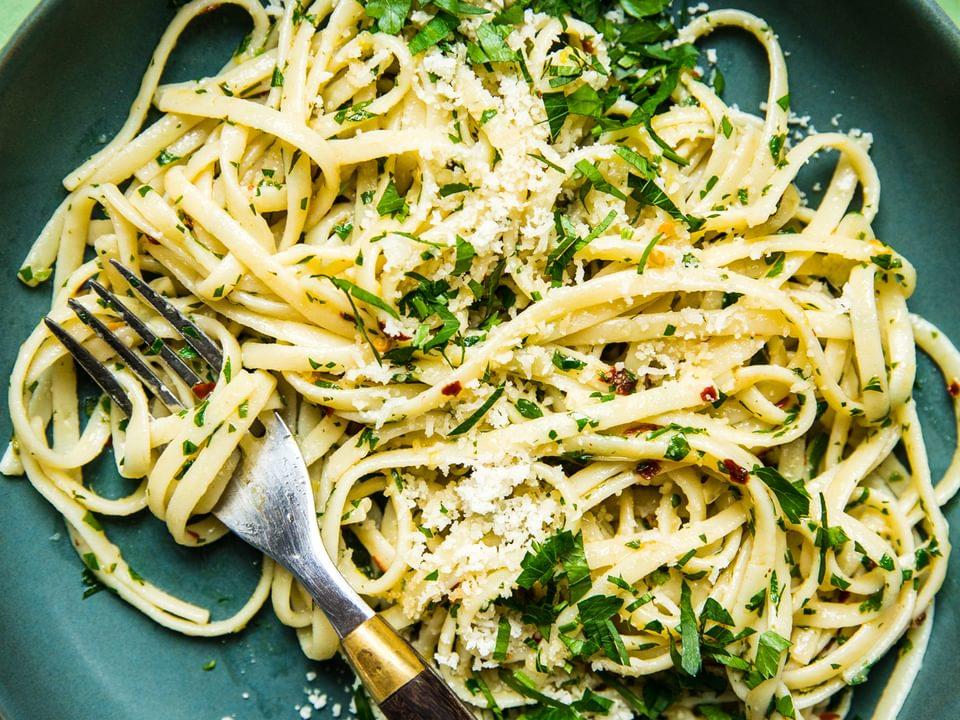
Linguine is a pasta similar to fettuccine but elliptical in section rather than flat.
- Origin: Originates from the Liguria region of Italy.
- Culinary Pairings: Traditionally served with seafood or pesto sauces.
- Nutritional Information: High in carbohydrates and serves as a good energy source.
- Cultural Significance: A staple in Italian cuisine, particularly popular in dishes featuring fresh, light sauces.
- Interesting Facts: The name linguine means “little tongues” in Italian.
13. Liver
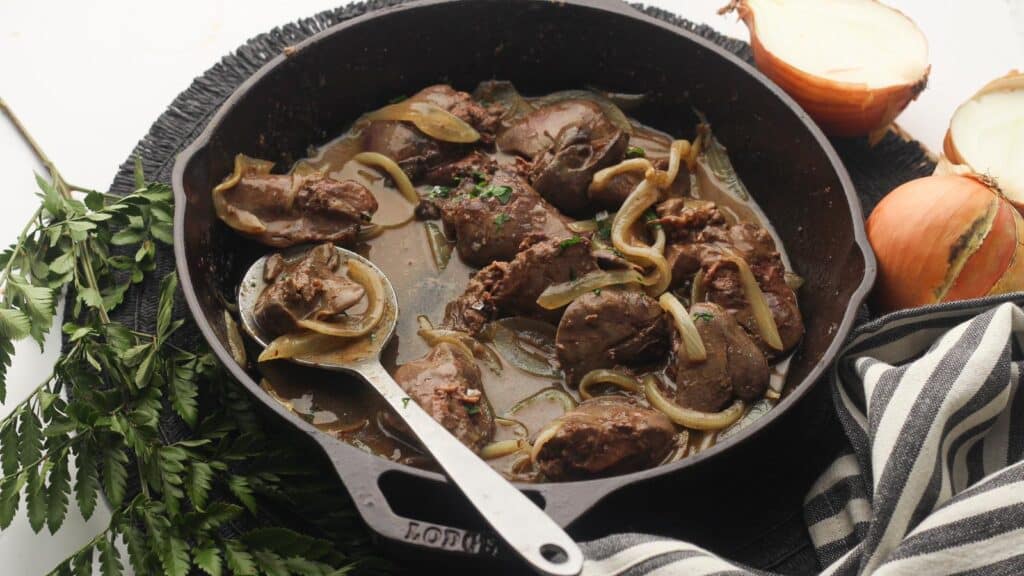
The liver is a nutrient-rich organ found in meat from various animals, most commonly cows, pigs, and chickens.
- Origin: Consumed worldwide, it has been a crucial component of the human diet since ancient times.
- Culinary Pairings: Often cooked with onions, made into pâtés, or served with sauces like gravy.
- Nutritional Information: Extremely rich in iron, vitamin A, and vitamins B.
- Cultural Significance: Considered a delicacy in many cultures and valued for its nutritional benefits.
- Interesting Facts: The liver can be toxic if consumed in large quantities due to its high vitamin A content.
14. Licorice

Licorice is a confection made from the root of Glycyrrhiza glabra, known for its sweet, anise-like flavor.
- Origin: Native to Southern Europe and parts of Asia, it has been used as both a flavoring and medicinal herb since ancient times.
- Culinary Pairings: Used in candies and beverages and flavoring in various dishes.
- Nutritional Information: Contains glycyrrhizin, which is sweeter than sugar and has anti-inflammatory properties.
- Cultural Significance: Licorice is used to treat various ailments, from colds to digestive issues, in traditional medicine.
- Interesting Facts: Consuming too much licorice can lead to high blood pressure, low potassium levels, and muscle weakness.
15. Lollipop

Lollipops are hard candies mounted on sticks, enjoyed by people of all ages worldwide.
- Origin: The modern-style lollipop was first created in 1908 by George Smith of Connecticut, USA.
- Culinary Pairings: Primarily consumed on their own as a sweet treat.
- Nutritional Information: Made mostly of sugar, providing quick bursts of energy.
- Cultural Significance: Iconic in popular culture as a simple, pleasurable sweet treat.
- Interesting Facts: The world’s largest lollipop was made in 2012, weighing over 7,000 pounds.
95 Additional Foods Starting with L
- Lamb chops
- Lamb curry
- Lamb stew
- Langoustine
- Lard
- Lardo
- Latke
- Lavash
- Lavender
- Leek soup
- Lemonade
- Lemon bars
- Lemon curd
- Lemon grass
- Lemon meringue pie
- Lemon pepper
- Lemon tart
- Lemon zest
- Lentil soup
- Licorice root
- Lima beans
- Limburger cheese
- Limeade
- Limoncello
- Linguini with clam sauce
- Linzer cookies
- Lion’s mane mushroom
- Liquorice
- Littleneck clams
- Liverwurst
- Lobster bisque
- Lobster roll
- Lobster thermidor
- Loin
- Longan
- Longganisa
- Loquat
- Lox bagel
- Lumpia
- Luncheon meat
- Lyonnaise potatoes
- Labneh
- Ladyfingers
- Lager
- Lahmacun
- Laksa
- Lamejun
- Lamingtons
- Lancashire cheese
- Lapsang souchong tea
- Lardons
- Lasagna noodles
- Lassi
- Latte
- Leaf lettuce
- Lebkuchen
- Lemon Chicken
- Lemon drops
- Lemon fish
- Lemon oil
- Lemon verbena
- Lemongrass tea
- Lengua
- Lentil burgers
- Lettuce wraps
- Li hing mui
- Lichi
- Liege waffle
- Light cream
- Limber
- Lime cordial
- Lime pie
- Limequat
- Lingcod
- Lingonberry
- Linseed
- Lionfish
- Liqueur
- Little gem lettuce
- Liver and onions
- Liver pâté
- Llama
- Llapingachos
- Loblolly
- Loch Fyne oysters
- Loofah (edible type)
- Lorne sausage
- Lotus root
- Lotus seed
- Louisiana hot sauce
- Lovage
- Love apple (another name for tomato)
- Luau leaves
Summing Up
As we wrap up our journey through foods that start with ‘L,’ we’ve discovered various ingredients to enhance your cooking.
From the zesty kick of lemongrass to the earthy richness of lentils, these ‘L’ foods offer countless ways to elevate your meals.
Remember, experimenting with new ingredients is key to expanding your culinary skills. Why not challenge yourself to try one new ‘L’ food each week? You might find a new favorite!
Here’s an interesting fact: Lentils, one of the ‘L’ foods we explored, are one of the oldest known cultivated legumes, with evidence of their consumption dating back to 8000 BCE in the Middle East.
So, armed with this knowledge and a list of exciting ‘L’ foods, create some delicious dishes in your kitchen!


















